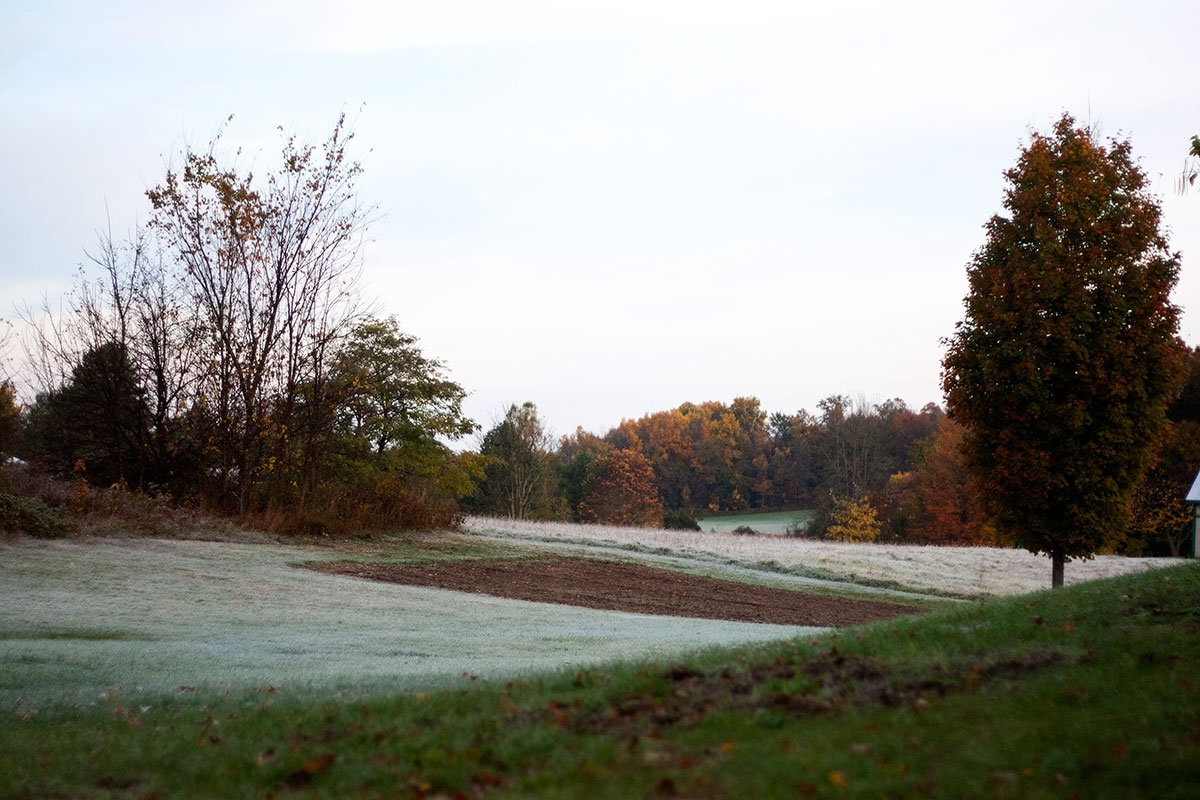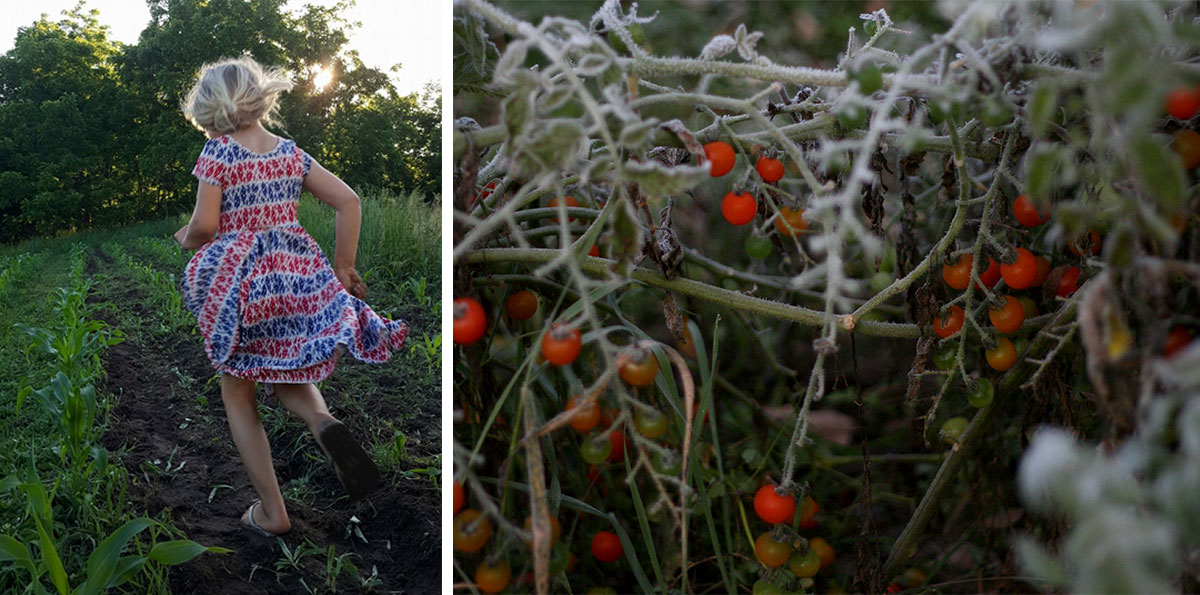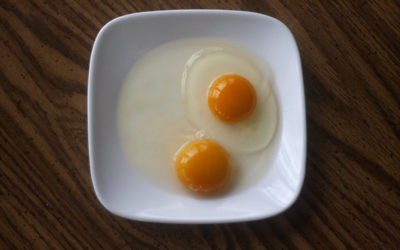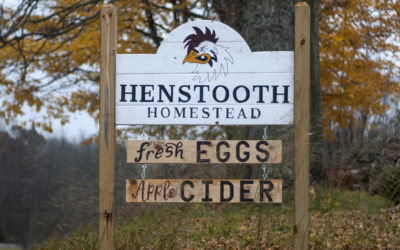First Year Garden Fails
what we learned the hard wayZONE 6A.
Yesterday our first frost came, and “mostly” ended the year for our plant zone. As we preserve the last of our bounty, we’ve begun to reflect on this year’s accomplishments and mistakes. To document our journey, we’ve compiled our “First Year Garden Fails” not to necessarily emphasize our weak points but to better illustrate the adventure. From old pros to new green thumbs, I’m sure you’ll find one aspect or another relatable.
THE PLAN.
Like most things we do, there was no plan. Everything we read leading up to this moment started with “you must have a plan”, but how could we plan for so many unknowns? While a written strategy may not have been in our cards, the amount of reading and research we did unknowingly, became our back-up “plan”. All we had learned quickly helped us navigate the ups and downs of gardening, from identifying diseases to weather shifts, making a semi-successful first year crop. I imagine after a few more rounds we’ll have a “start to finish” plan just like the pros but for now we’re enjoying the experiment.


SEED STARTERS.
Reflecting back to the very beginning of the season, seed starters come to mind. We seem to carry a “we’ll believe it when we see it” mentality. So when everyone said start your “seeds indoors and transplant” – we didn’t exactly trust that theory. Our rebuttal was “well how did they do it in the old days?”. Shouldn’t you be able to stick the seed in the ground, give it a little water, sun and let it grow? Well, not necessarily. We did not do any starters this year, and instead directly planted everything. Some items did ok, others a slow start and many never broke ground. Now we can’t say for certain that the way we direct sowed or the weather/soil conditions didn’t influence the success, but we do know a majority of seeds will be started in our new greenhouse next year!
Also, Read The Seed Packets Carefully. The writing on the back of seed packages are there for a reason. When they say cover with ¼” of dirt, that’s what they mean. We tried our hand at carrots only to suffocate every seed.
PLANT IN ROWS.
I’ll admit, I got hooked on companion planting and found all these great resources on Pinterest (I know…I can see your eyes rolling). I was so consumed by the concept that I decided planting in these trendy circular pods would be a fantastic idea. WRONG. Everything died. Let me repeat that – EVERYTHING. Follow the old saying of don’t fix what’s not broken and just plant in rows.
ROTOTILLER.
Who starts a garden without a rototiller? Us. Now we have two. We learned the hard way that rototillers are essential for weed control between rows (see again with the rows, not circular pods). At one point we had to actually mow our garden so that we could rototill for fall crops. Not a particularly high point in our year, but pretty funny to watch.

ALL HANDS, ALL THE TIME.
The work is hard, but not if you’re in good company. We worked together to create this, and even had the help of some friends. When the weeds took over, again, and you wanted to give up, we got down on our knees together and did the hard work. Side by side creating memories, and reaping the reward of a good meal at the end of the day. I think that’s one of the most important parts of this venture, inclusion. We use every resource available to us but in return we provided our neighbors, friends and family with healthy good food. In today’s world, that’s not something everyone can say, and we’re damn proud to be apart of that equation, however small it may be.
PLANT FOR PROFIT.
We don’t necessarily mean money, we mean in harvest. Plant the things that preserve well so you can eat hearty all year long. For example, rows of watermelon. Our plants didn’t take well to our soil anyways, but how the heck did we plan to preserve two rows of watermelon? We decided one or two from the farmers market will suffice next year, and we’ll save the space for something we can enjoy year round.
While the list could go on, we felt like this was a good reflection of our year. In the end the stress we put on ourselves to produce was greatly outweighed by what we learned through good ol’ fashion experience. Getting in there, doing the research, the work and in return sharing the results with those around us. That’s why we’re in this, and the reason we’ll do it again next year, hopefully turning our past fails into triumphs and failing again at something new.
Recently Published
Water Glassing Egg Preservation
Looking to preserve your eggs for use thorughout the winter season? Water Glassing Eggs will keep your fresh eggs for up to 1 year!
Spring Chickens
The countdown to Spring is well underway for farmers, homesteaders and all those anticipating a new batch of chicks! If you’re new to raising baby chicks, most choose to purchase them in the Spring when temperatures begin to rise. This period makes brooding easiest...
A Letter To Our Homestead – 2018
Dear Homestead, Reflecting on 2018 is an arduous task. Our word of the year was coined early on as Mornicopia. It’s that weird place between mourning and coping -- you can read more about that here. In fact, I contemplated not writing our year end post, but it’s only...



